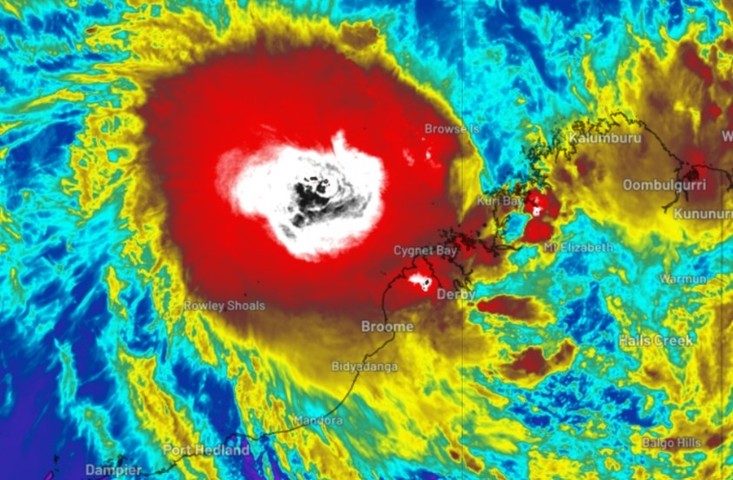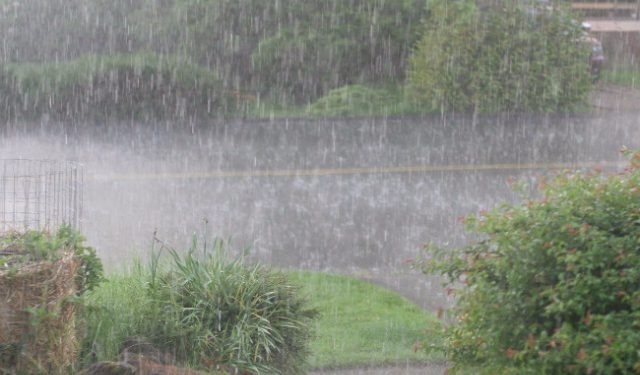According to the nation's official forecaster, a large cyclone spinning off Australia's western coast would likely make landfall as a category 5 storm, the strongest on the national scale.
The Pilbara coast of Western Australia is expected to be crossed by Cyclone Ilsa between Port Hedland and Wallal Downs on Thursday evening or Friday early local time, according to the Bureau of Meteorology (BOM). The storm is expected to lash the area with wind gusts exceeding 285 kilometers per hour (177 miles per hour).
Hours before Ilsa is expected to make landfall, strong winds are already being felt in coastal regions, and emergency services are urging residents to lock up anything that could take flight.
"Winds this powerful are quite dangerous. They may take huge loose things from your yard, such as boats, trailers, or caravans, and loft them into the air, in addition to bringing down trees, power lines, and damaging roofs and houses, according to senior meteorologist Miriam Bradbury of BOM.
The Joint Typhoon Warning Center, which had estimated Ilsa's winds at 215 kph (134 mph), the equivalent of an Atlantic hurricane category 4 employs a three-tier system. Australia utilizes a five-tier system.
The area is thinly inhabited, and Port Hedland, with around 16,000 residents, is the largest town close to the storm's eye. There are several tourism businesses, mining sites, cattle stations, and aboriginal villages in the region.
The BOM predicts that Cyclone Ilsa will bring severe rain to the area, possibly amounting to 200 to 300 millimeters, and large parts of the state are on flood alert.
"Riverine flooding may significantly impact roads and access routes, with many paths becoming muddy or even inaccessible over the coming days," added Bradbury.
Cyclone Monica, which raced over the eastern and northern sections of Australia in 2006 with sustained winds of around 290 kph (180 mph), was the biggest storm to ever affect any part of Australia.
Although the cyclone skirted densely inhabited regions, it nonetheless uprooted trees, severely damaged vegetation, and produced storm surges as high as six meters.
Related Posts










.jpg)